
What do you believe?
You’ll need
- Pens or pencils
- Whiteboard pens
- Copies of the 'What do you believe questionnaire', one per person
- Copies of the 'What do you believe scenario sheet', one per group
- A flipchart or whiteboard
Before you begin
- Make sure that there are enough copies of the questionnaire and enough pens and pencils for everyone.
- If your group has access to computers divide the group between them equally
Run the activity
- The person leading the activity should explain to the group that they’ll be completing a questionnaire about homelessness. Tell them that everyone has a different idea of what homelessness is and that the questionnaire is a fair way of everyone showing what they believe.
- The person leading the activity should give out the ‘What do you believe questionnaire’ sheets and pens or pencils. It is important for the person leading the activity to stress to the group that there are no right or wrong answers. Everyone should feel free to answer however they think or feel. Having a natural range of opinions is helpful when talking about homelessness.
If you want to save paper, everyone could answer the questionnaire in groups. However, to make sure everyone can express an opinion, the people in each group should take turns answering the questions. - Everyone should split into five groups. The person leading the activity should give out the 'What do you believe scenarios sheets' to each group. Before handing each sheet to the group, the person leading the activity should circle one of the scenarios, so each group gets a sheet with one of the five scenarios circled.
- The person leading the activity should write the following questions on a flipchart or whiteboard in marker pen. Make sure each group can see them:
- Do you think this person is homeless?
- What problems are affecting this person’s housing situation?
- What sort of support would this person benefit from?
- What does this scenario make you feel about homelessness in the UK?
- Each group should act out their scenario to the rest of the group. Give everyone 10 minutes rehearsal time to prepare. Each performance should last just a few minutes. While one group acts out a scenario, the rest of the groups must watch and think about the questions on the flipchart or board.
- After each performance, everyone should offer their opinion on the four questions.

This activity helps contribute towards some of the UN's Sustainable Development Goals. Find out more about the SDGs, and how Scouts across the world are getting involved.
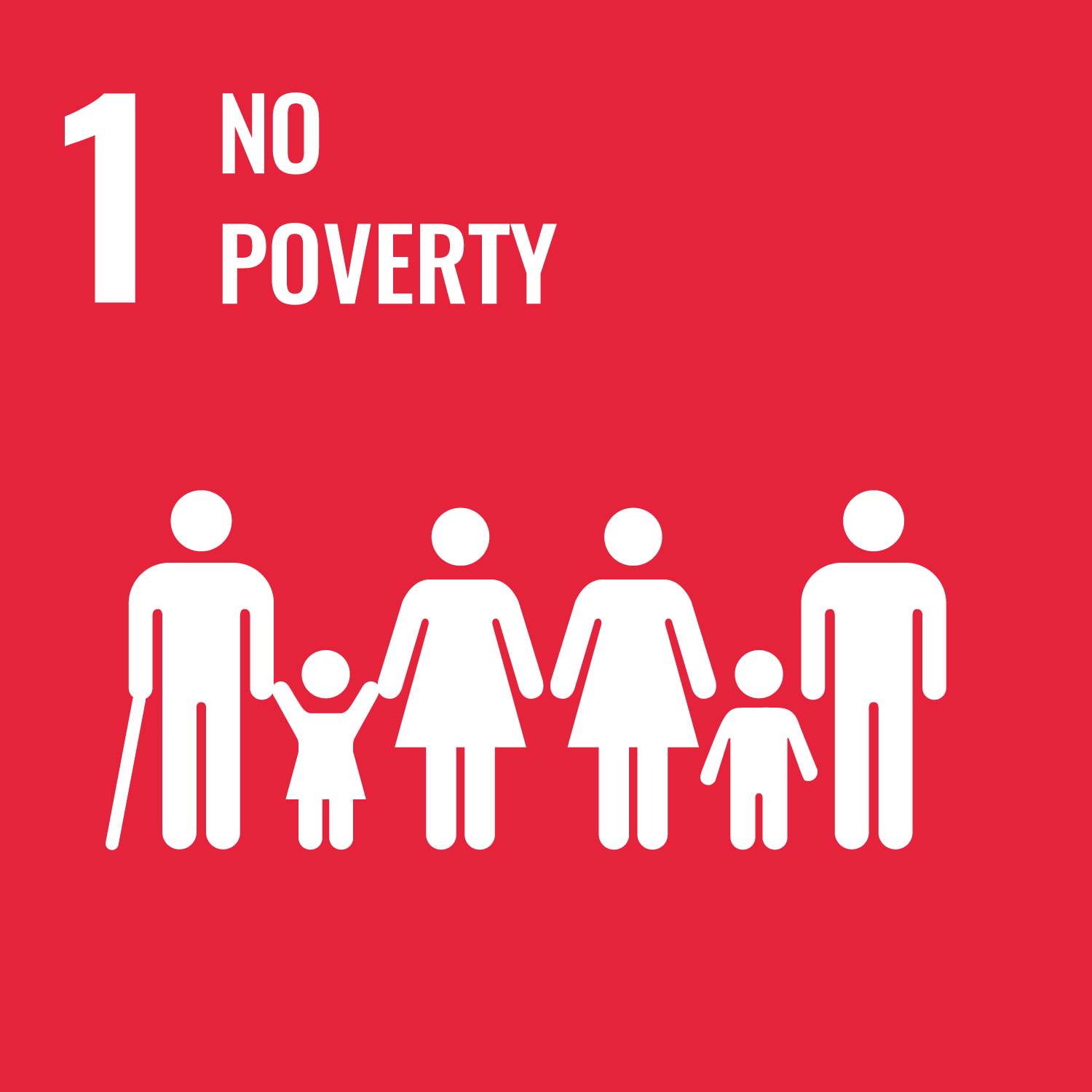
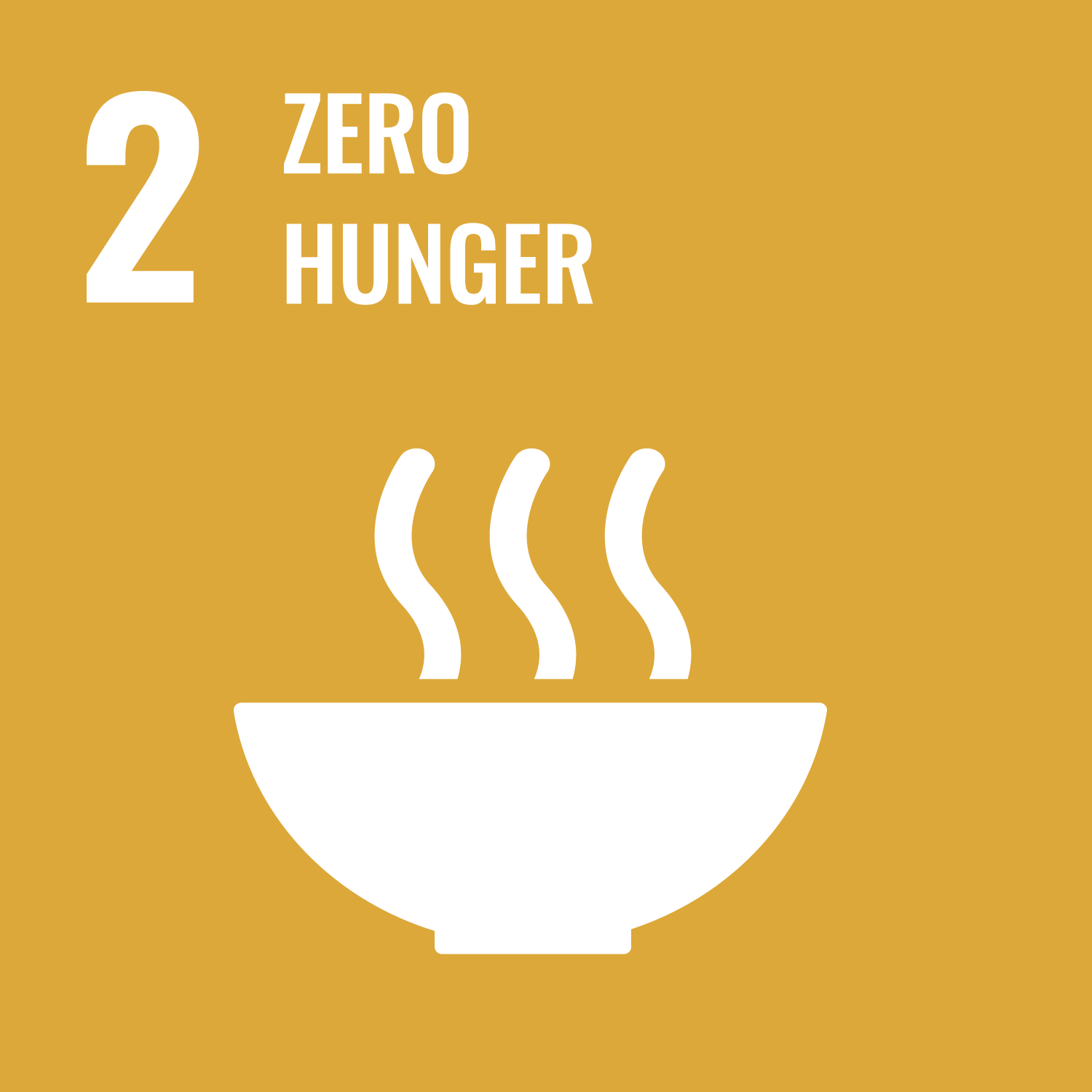
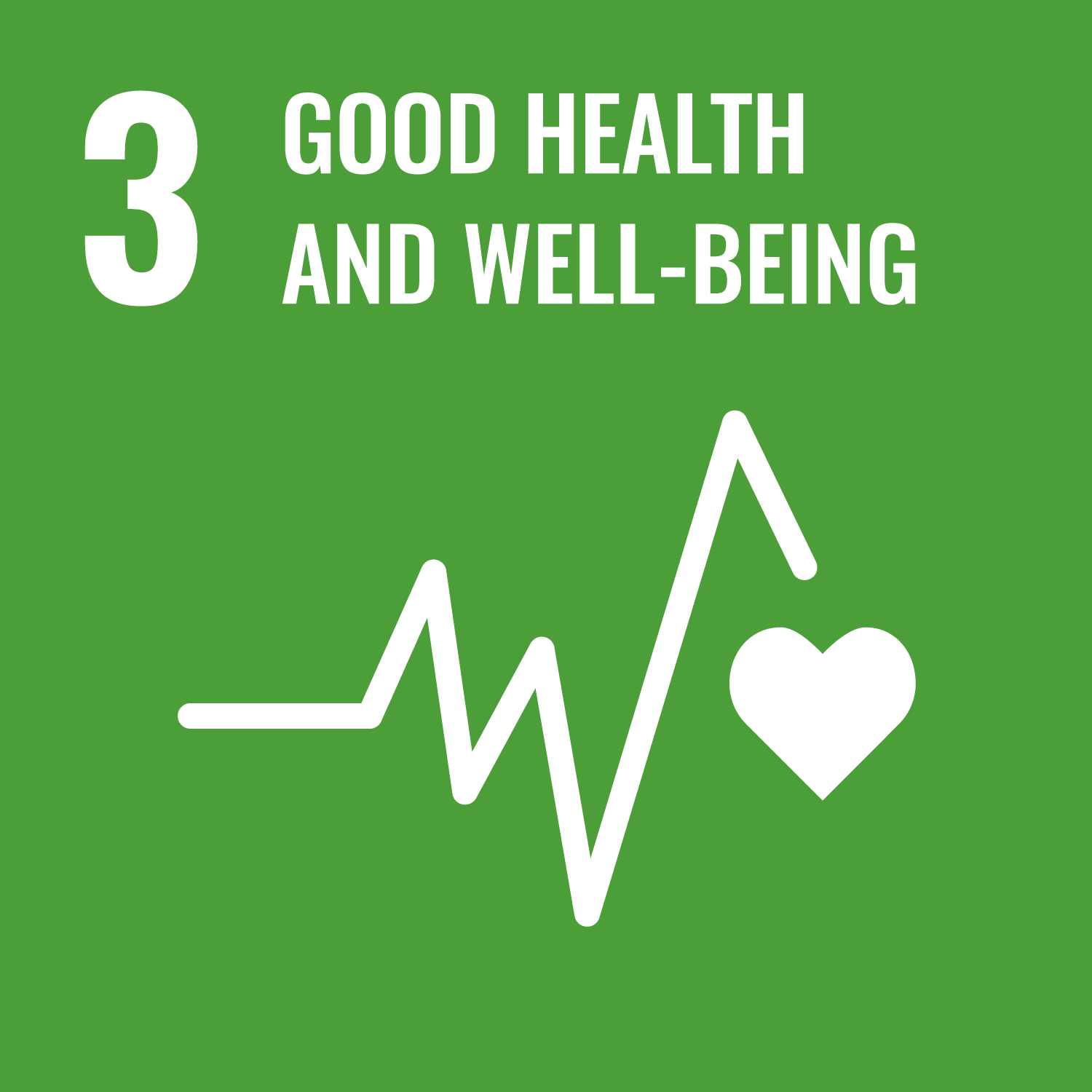
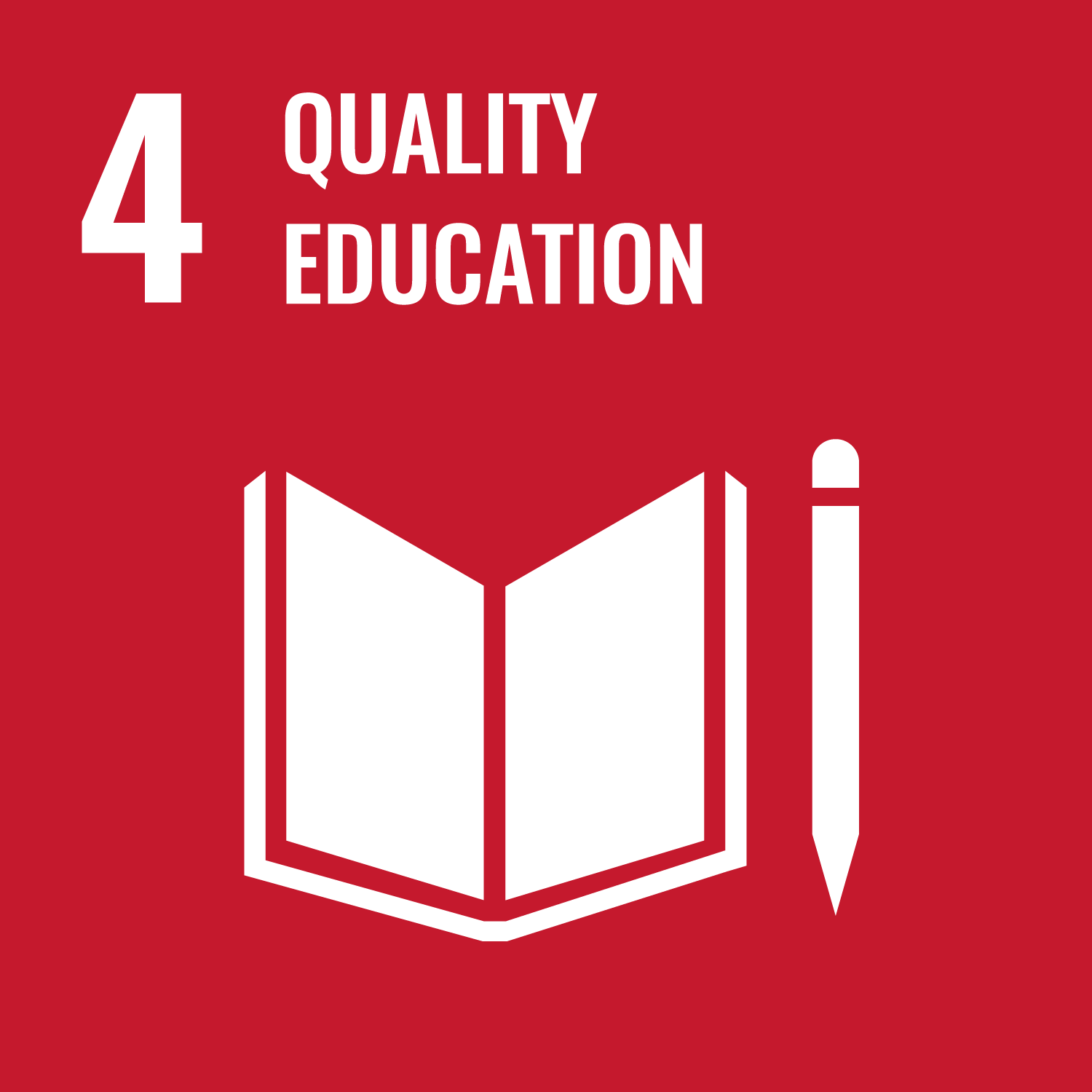
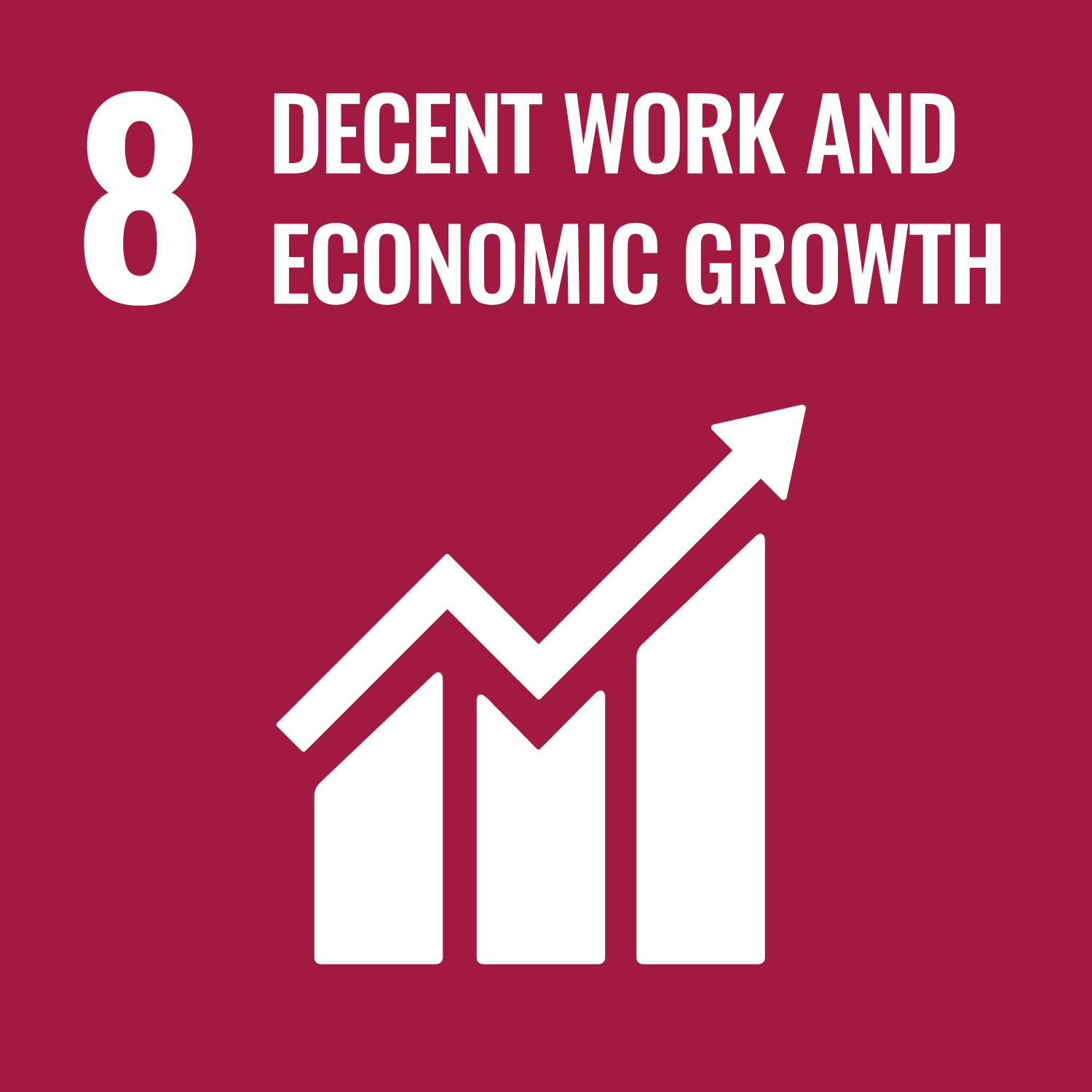


Reflection
The group has completed a questionnaire about homelessness. Everyone had to think about the issue and their own definition of ‘homelessness’ and what they think homelessness is. Is this an issue you’d thought a lot about before, perhaps after seeing someone sleeping on the streets? Did you ever consider whether homelessness might be a larger problem affecting more people than just people sleeping on the streets? After completing the questions, what do you believe now?
Everybody should have a safe place to call home. Just because someone has somewhere to sleep tonight, doesn’t mean they have the security of knowing where they will be sleeping tomorrow; they may not get to choose where or who they stay with, and this can make them even more vulnerable. When you think about homelessness, do you think about the families in insecure housing or the young people sofa surfing? They need help as much as anyone else. How do you feel about a homeless person who has somewhere warm and safe to sleep, but no place to call their own? How might you feel in that scenario? Why is it important to care about people who have nowhere safe and secure to call home, however poor their quality of life may be?
Safety
All activities must be safely managed. You must complete a thorough risk assessment and take appropriate steps to reduce risk. Use the safety checklist to help you plan and risk assess your activity. Always get approval for the activity, and have suitable supervision and an InTouch process.
Cue cards might be useful to help anyone who gets distracted easily
Some of this subject matter may be distressing. Have a fun game ready to lighten the mood if people are not enjoying the activity.
All Scout activities should be inclusive and accessible.
Everyone should look at some definitions of homelessness to see what other people think. You could ask some people in your neighbourhood or wider community and see what they think.
It’s really important that everyone answers the questionnaire honestly to reflect their own beliefs. No one should be discouraged or made to feel that their opinion was wrong in some way.



